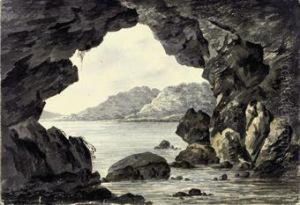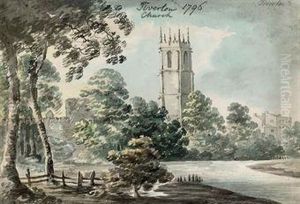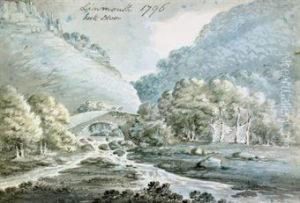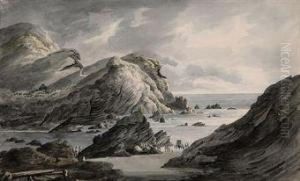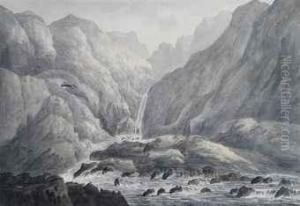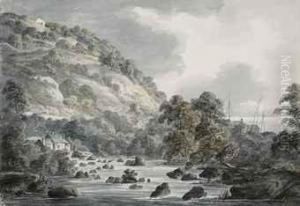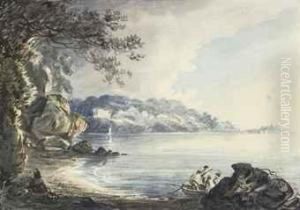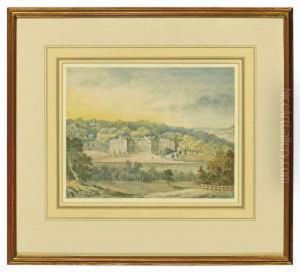John Swete Paintings
John Swete, born in 1752, was an English clergyman, artist, and antiquarian, remembered primarily for his contributions to the documentation and preservation of the Devon landscape through his watercolor paintings and writings. Swete's work provides a valuable insight into the late 18th and early 19th centuries' English countryside, capturing its beauty and the changes it underwent during that period. His deep appreciation for the natural scenery and the historical edifices scattered across Devon made him a significant figure in the early movements of picturesque and topographical art in England.
Swete was educated at Oxford University, where he developed his interests in art and antiquities. Despite his responsibilities as a clergyman, he dedicated a considerable amount of time to traveling around Devon, meticulously recording his observations and experiences in illustrated journals. These journals, filled with watercolor paintings and detailed descriptions, serve as an important historical record of the era. Swete's artistic style, characterized by its delicate and detailed depiction of landscapes, buildings, and ruins, reflects the contemporary aesthetic movements that celebrated the beauty of the English countryside and its heritage.
Throughout his life, John Swete was deeply engaged with the intellectual and cultural circles of his time, contributing to the broader discourse on art, history, and landscape appreciation. His works were not widely known outside of Devon during his lifetime, but they have since been recognized for their historical and artistic value. After his death in 1821, Swete's contributions gradually gained recognition, and today, his paintings and writings are considered important resources for understanding the cultural and environmental history of Devon and the early practices of British landscape painting and topographical studies.
